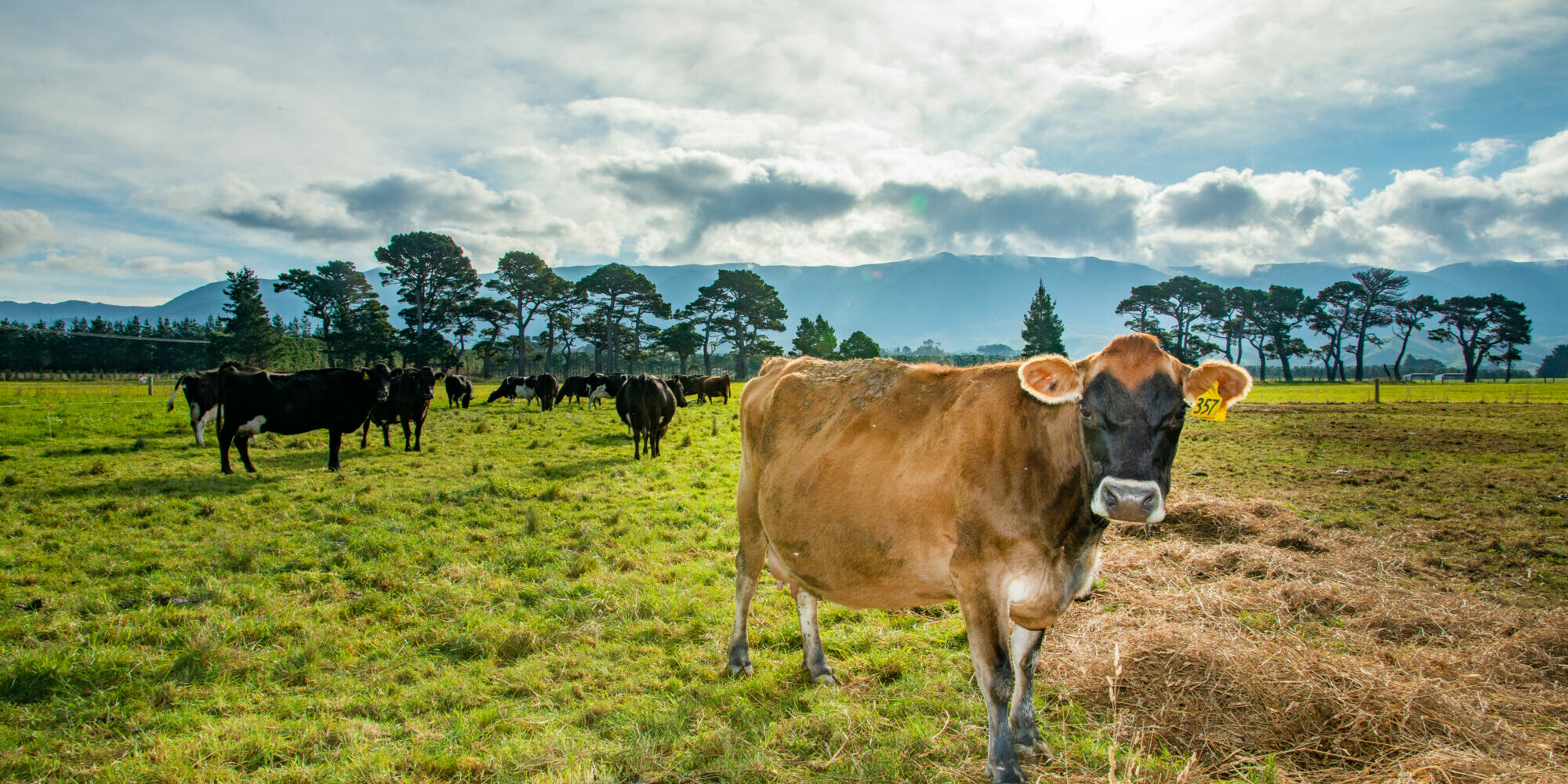Naomi Barrett, Vet Services Dannevirke
The transition period for a dairy cow is recognised as the interval extending from three weeks prior to three week after calving. These weeks are the most critically important period of the year for a cow, as her body undergoes significant physiological changes. In the space of only a few days her energy and mineral demands are more than doubled as she enters the early stages of lactation. Dry matter intake however, tends to lag behind due to decreased rumen volume and reduced density and size of rumen papillae caused by the growing calf in the last part of pregnancy. If this imbalance between energy demand and intake is poorly managed, we see increased incidences of metabolic disease, ketosis, metritis and mastitis. Longer term repercussions include decreased milk yields and poor reproductive performance with knock on effects on profitability.
So, what can we do to ensure the transition goes as smoothly as possible?
Aim to meet body condition targets by at least three weeks prior to calving. First and second calvers should be at BCS 5.5 with mixed age cows at 5.0. Even maximally fed cows will struggle to gain condition in the last month before calving, as energy is diverted towards the rapidly growing calf.
A whole herd body condition score should be performed one month out from calving to identify cows above or below target condition score. Over conditioned cows are at higher risk of metabolic disease and tend to experience greater depressions in feed intake at calving than those with lower BCS, leading to more significant overall declines in body condition. Meanwhile under conditioned cows are more susceptible to infectious issues such as metritis and mastitis. Cows at target body condition score can be fed 90% of their daily energy requirements in the final two to three weeks of calving, while those under target should continue to get 100% of their requirement.
Dry matter intake decreases during the last two months of pregnancy and it is vital to get this ramped back up rapidly. Calves should be picked up as quickly as possible to minimise bonding and allow cows to be moved onto fresh pasture at the earliest opportunity. The colostrum mob is the highest priority and needs to be offered unlimited access to high quality pasture and supplement, while the springer mob can be used to tidy up behind.
Magnesium is needed for the efficient absorption and resorption of calcium, giving it a vital role in preventing milk fever. All cows should be supplemented with magnesium from 3 weeks pre-calving through to 4 months post-calving. With New Zealand’s pasture based systems and tendency to feed grass silage, our dairy cows are subjected to higher dietary cation anion differences (DCAD) than elsewhere. Maintaining a low DCAD increases calcium utilisation, so on particularly high risk farms a transition mix should be considered with appropriate amounts of anionic salts to reduce dietary DCAD, thereby reducing the risks of clinical and subclinical milk fever.
Potassium interferes with the absorption of magnesium in the rumen and again increases the risk of milk fever. Springers should not be grazed on effluent or other high potassium paddocks. Testing the potassium levels of potential springer feed allocations allows this risk to be better managed.
Calcium should be kept to less than 0.5% of DM prior to calving but once calved, cows should receive at least 100g limeflour/day, and up to 300g in a higher risk herd. Giving at risk animals calcium (as a bolus/drench/injectable form) at the point of calving reduces the incidence of subclinical milk fever as well as down cows. Older cows, Jerseys and those above body condition score 5.5 at calving are all considered higher risk.
If you want feedback on how well your cows are transitioning, a simple blood test on day 3 calved cows to check their energy and trace element levels, gives us the best idea of how well this is going. Getting this done early on means that changes can be made before there is a significant negative impact on the season.






